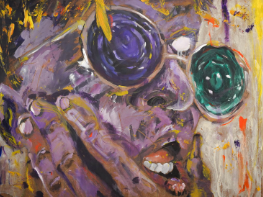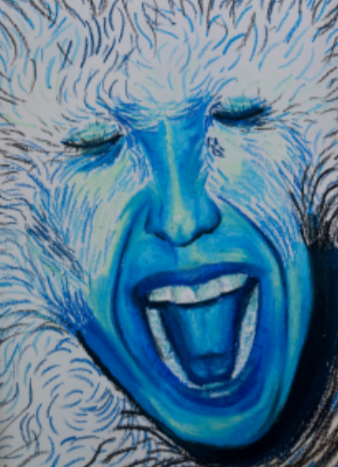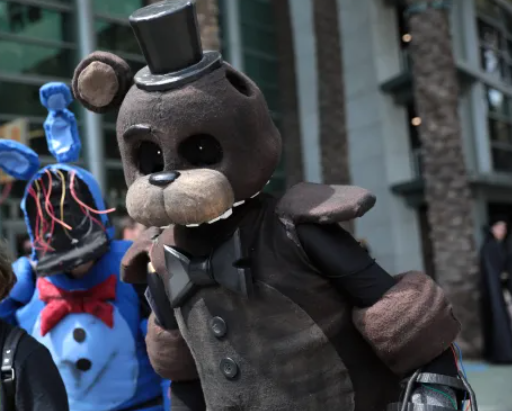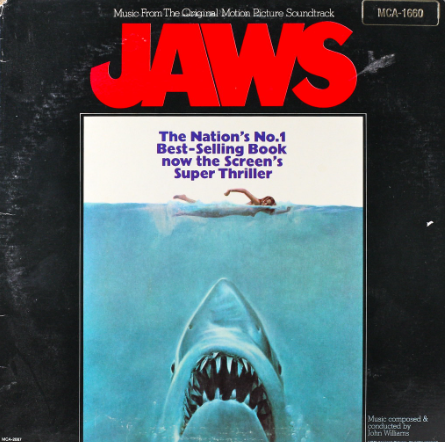Traditional animation’s journey from industry standard to second-rate
UNSPLASH PHOTO COURTESY OF Sarath P Raj
A new form of animation has become more popular known as three dimensional animation which has overtaken the two dimensional animation industry. https://unsplash.com/license
May 20, 2022
Though two-dimensional drawing dominated the art of animation
for decades, in the last 20 years three-dimensional animation has risen to prominence, and 2D animation has all but disappeared on the silver screen.
In 1995, Pixar Animation Studios and Walt Disney Pictures released Toy Story, the first wholly computer-animated feature film. An overwhelming financial and critical success, Toy Story proved to filmmakers that 3D animation was not only a viable art form, but a lucrative one as well.
Disney’s most recent 2D feature, Winnie the Pooh, released in 2011 and grossed a measly $50.1 million on a budget of $30 million. Following the release of the film and citing lower box office returns than with their 3D pictures, the Walt Disney Company ceased their bi-yearly production of traditionally animated films indefinitely.
The change came as a shock to both fans and employees of Walt Disney Pictures. Former chief creative officer of Walt Disney Feature Animation, John Lasseter, was particularly distressed by the decision.
“The general consensus was that audiences did not want to watch hand-drawn animated films, which is of course completely ridiculous,” Lasseter said.
It appears that studios have noticed this absence of 2D animation at the movies, as an influx of 3D features animated to replicate 2D has occurred in recent years. Films such as The Mitchells vs. the Machines, Spider-Man: Into the Spider-Verse and Klaus all utilize lighting, movement and design to emulate the appearance of 2D animation while remaining 3D. Junior Ethan Driver of Freehold, an animation student at CHS, favors animating in 2D but prefers to watch films animated in 3D.
“I like watching 3D better just because I feel it’s more visually pleasing,” said Driver.
Though falling out of fashion in film, 2D is as popular as ever on the small screen, especially in the eyes of Andrew Goldberg, co creator of the animated adult sitcoms Big Mouth and Human Resources.
“Comedically, it’s kind of the medium of choice on TV and streaming,” said Goldberg.
According to Netflix, in the first two weeks of its release, season five of Big Mouth garnered over 40 million viewers along with critical acclaim. This extends beyond genre and platform, as according to Nielsen, 2D-animated network shows like Amphibia, Rick and Morty and Smiling Friends are all hits in their respective time slots as well.
Despite the prevalence of 3D animation, 2D something something staying, according to animation student, senior Kara Petrosino of Colts Neck.
“I think there’s definitely always going to be a place for 2D animation, whether it be in shows or movies,” said Petrosino.















